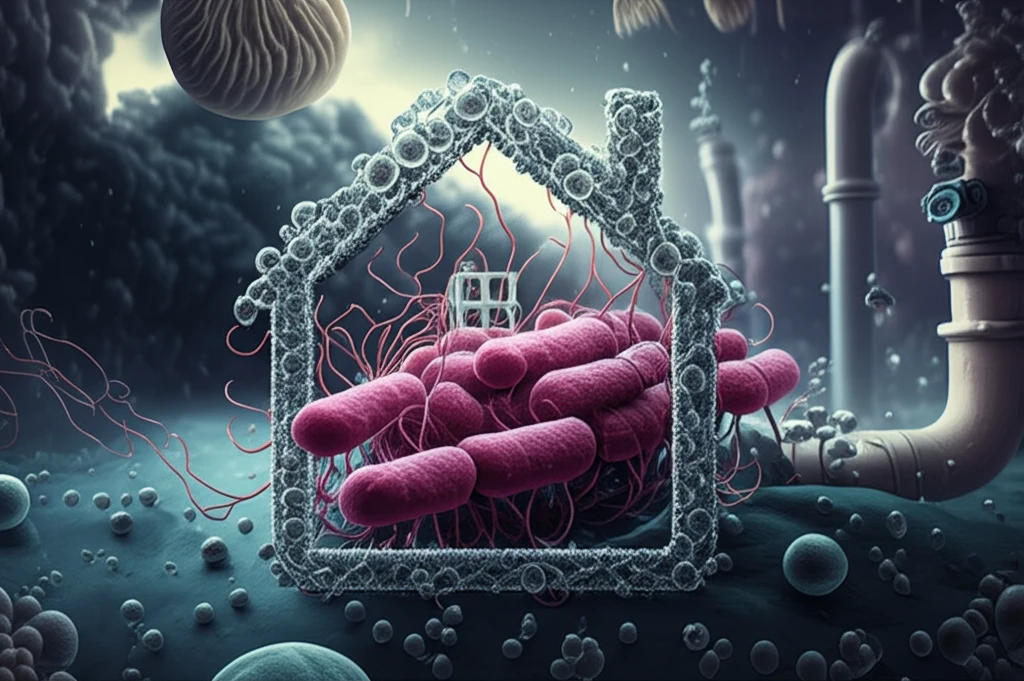
Decoding Legionnaires' Disease: Protect Your Health With These Practical Steps
"A comprehensive guide to understanding, preventing, and managing Legionella in your water systems for a safer, healthier life."
Legionellosis, a severe form of pneumonia, continues to pose a significant public health challenge, affecting hundreds of thousands annually. This disease isn't merely a statistic; it represents lives disrupted and families impacted by long-term debilitating effects. Tragically, most Legionnaires' cases stem from inadequately maintained water systems, making them fundamentally preventable.
In this article, we will breakdown what Legionellosis is, and cover practical, scientifically-backed strategies to prevent this disease in our communities and homes. We'll shift the focus towards empowering individuals with knowledge and proactive measures.
Understanding the multifaceted nature of Legionellosis—from its causative agents to effective prevention strategies—is the first step in mitigating its impact. You will learn how to ensure the safety of your water systems, mitigate risks, and protect yourself and others from this serious health threat.
Understanding the Enemy: Legionella Bacteria

Legionellosis is caused by Legionella bacteria, which thrive in aquatic environments. Transmission occurs through the inhalation of contaminated water droplets, making building water systems a common source of outbreaks. There are many subtypes of the Legionella bacteria. No secondary infections happen from transmission from person to person contact.
- Legionella thrives in temperatures between 20°C to 60°C (68°F to 140°F).
- They colonize in biofilms, which are microbial communities that adhere to surfaces.
- They can survive and spread through aerosolized water droplets.
Taking Action: Prevention and Control at Home and Beyond
Knowledge of Legionella and its behavior allows us to take action, which is critical in fighting Legionnaires' disease. We can influence the amount of Legionella and exposure to it. These measures will not only reduce the risk of Legionnaires' disease but also promote overall health by improving the quality and safety of our water systems. With dedicated effort, we can transform our approach to water safety and dramatically decrease the occurrences of this preventable disease.
